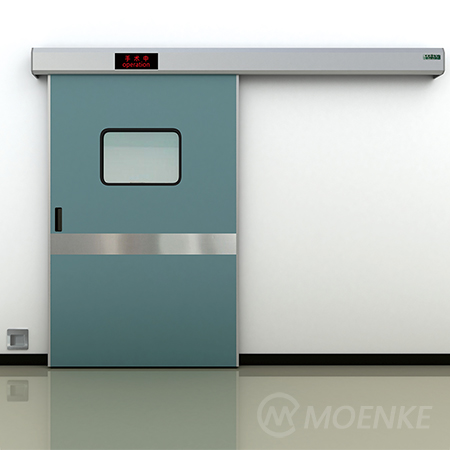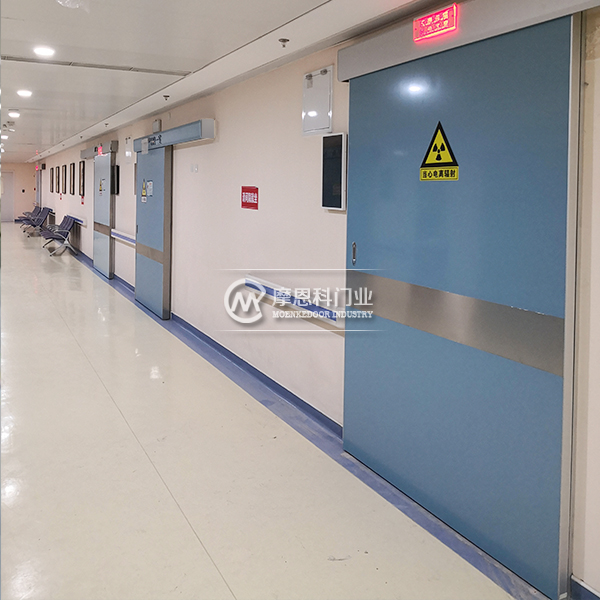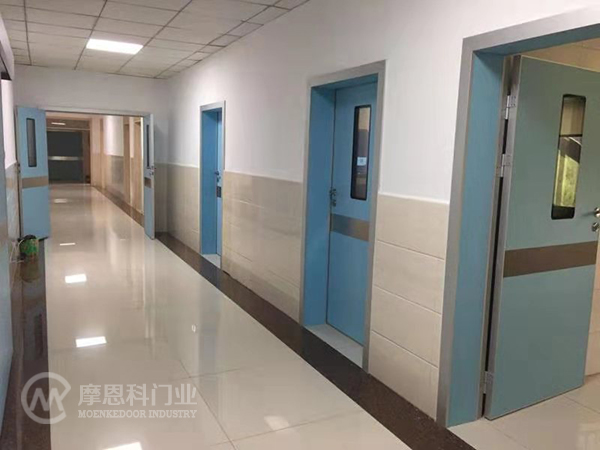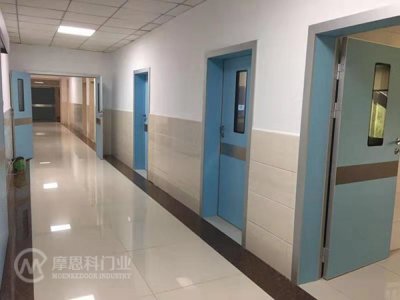In hospitals, medical doors play a crucial role. They not only provide a safe and comfortable entrance for the medical environment, but also have the function of protecting patients and medical staff from the risk of infection. This article will explore the types, characteristics, installation, and maintenance methods of medical doors to emphasize their important role in hospitals.
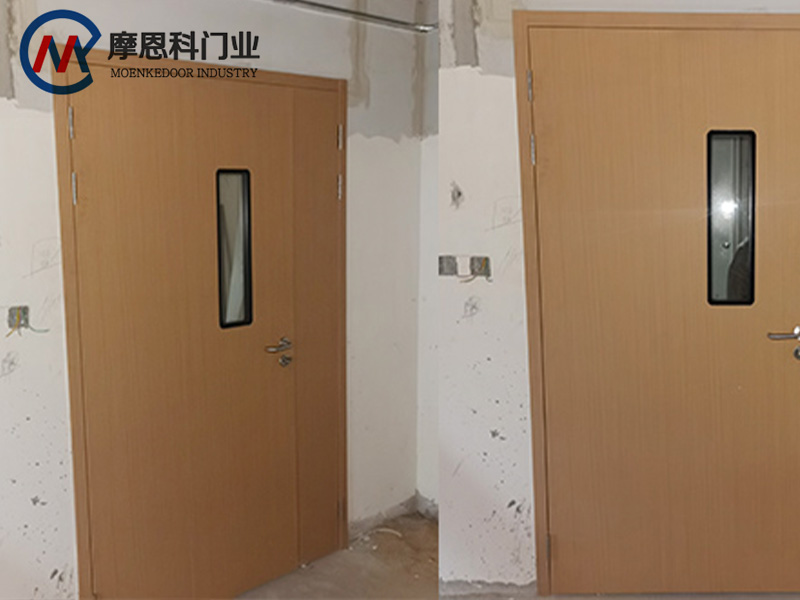
1、 Types of medical doors
According to different usage scenarios, medical doors can be divided into the following categories:
1. Hospital door: used as the main passage and entrance of the hospital, with high security and privacy.
2. Emergency door: Located at emergency entrances such as emergency rooms and operating rooms, it facilitates quick access for patients and medical personnel.
3. Observation door: commonly used in observation rooms, consultation rooms and other places, with good transparency, making it easy to observe the patient's condition.
4. Cleaning door: Generally located in cleaning areas such as disinfection rooms, cleaning rooms, etc., it is conducive to maintaining environmental hygiene.
2、 Characteristics of medical doors
Medical doors have the following characteristics:
1. Sealing: Medical doors have good sealing performance, which can effectively prevent the invasion of bacteria, viruses and other microorganisms.
2. Airtightness: The medical door also has good airtightness, which can maintain indoor air circulation and ensure that patients and medical staff can breathe fresh air.
3. Sound insulation: Medical doors have good sound insulation performance, which can reduce noise interference and provide a quiet treatment environment for patients and medical staff.
4. Aesthetics: The appearance of the medical door is simple and elegant, coordinated with the overall environment of the hospital, and enhances the overall image of the hospital.
3、 Installation of medical doors
When installing medical doors, the following steps should be noted:
1. Door frame installation: Determine the position and size of the door frame according to the construction drawings, and then fix it. Ensure that the door frame is securely installed and does not shake.
2. Door leaf installation: Assemble the door leaf and door frame together to ensure smooth opening and closing without any jamming. Then adjust the sealing strip of the door to make it closely fit on the door frame.
3. Installation of hinges: Select the appropriate hinges and install them according to the weight and frequency of use of the door. Ensure that the hinges are securely fixed and will not come loose.
4. Debugging and acceptance: Debug the installed medical door to ensure that its sealing, airtightness, sound insulation, and aesthetics meet the requirements. Then conduct acceptance to confirm that the installation quality is qualified.
4、 Maintenance of medical doors
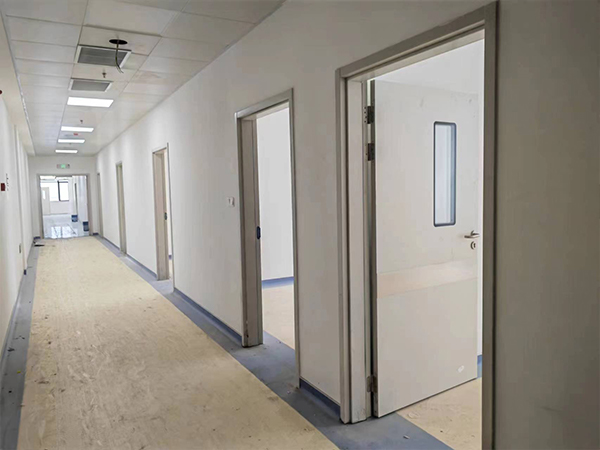
To ensure the normal use and prolong the service life of medical doors, regular maintenance is necessary. The maintenance method is as follows:
1. Keep clean: Regularly wipe the surface of medical doors to remove dust and dirt. Be careful to avoid using irritating cleaning agents to prevent damage to the door.
2. Preventing rusting: For medical doors made of metal materials, it is necessary to prevent rusting. During installation, try to avoid scratching the surface of the door as much as possible. In daily use, clean up moisture and dampness in a timely manner to prevent rusting.
3. Regular replacement: For some vulnerable parts such as seals, hinges, etc., they need to be replaced regularly. To ensure the sealing and normal use of medical doors.





